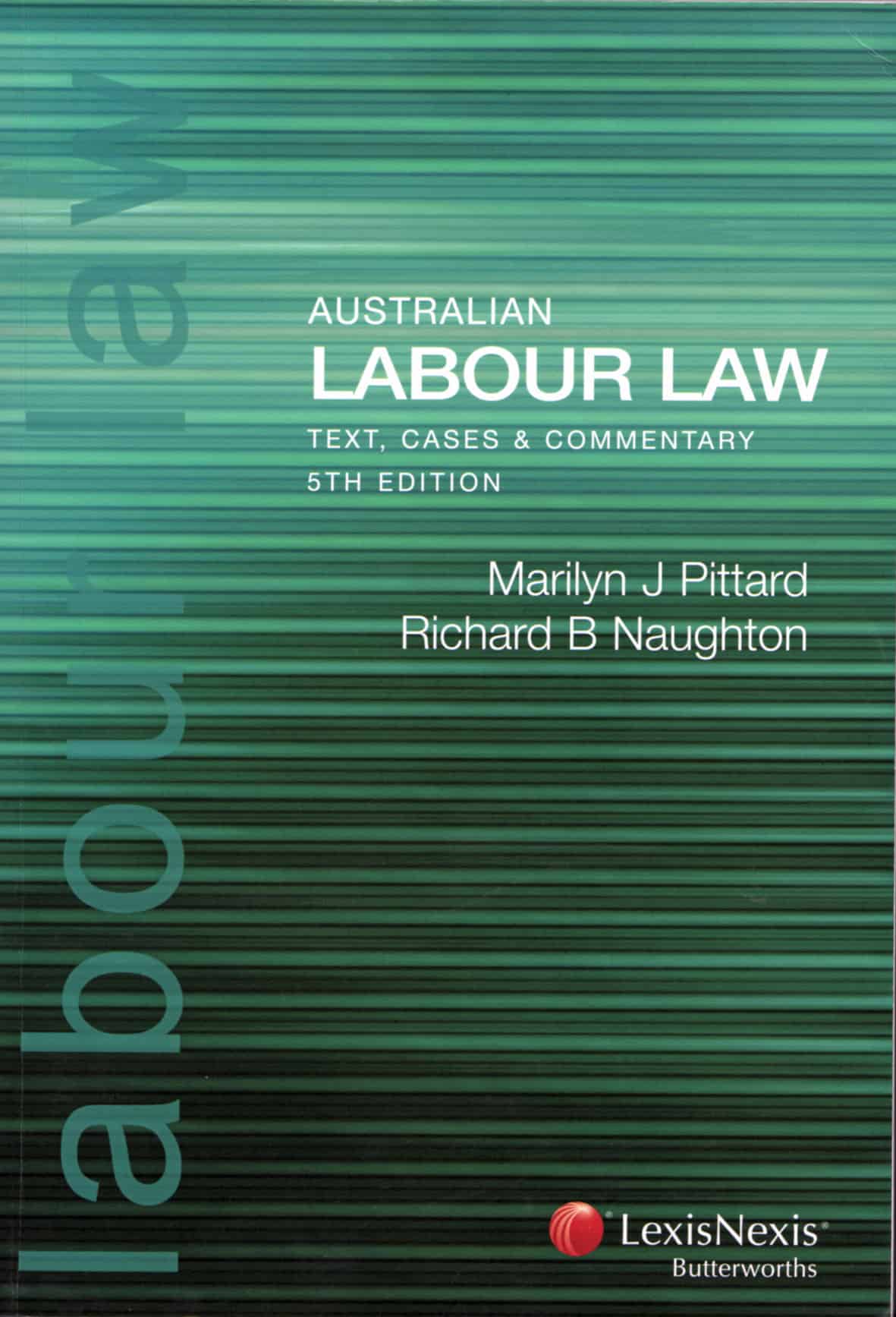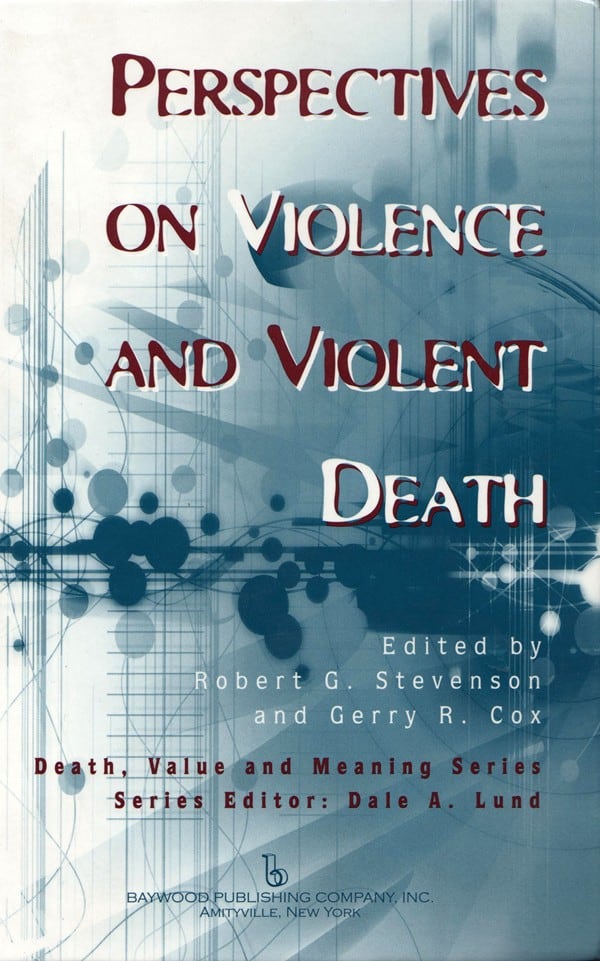 A short time after a traumatic death of a family member will cause the family to feel they are in a mental spin. Not only are the usual funeral arrangements required but there can seem to be involvement in a personal loss from a mess of government departments and legal bodies.
A short time after a traumatic death of a family member will cause the family to feel they are in a mental spin. Not only are the usual funeral arrangements required but there can seem to be involvement in a personal loss from a mess of government departments and legal bodies.
It is not expected that all families have a manual to life and death but there is information for families who may have to face a workplace death. Perhaps, more importantly, this information should be read by safety professionals so that they understand the social and familial complexities of workplace incidents. Companies may call in the lawyers but there is also an obligation to their employees and families and guides, like the Kit for Families produced by the Workplace Tragedy Family Support Group, may help put all the processes into perspective.
 Other online guidance material is available from
Other online guidance material is available from
The Victorian Trades Hall Council
One regulator’s perspective can be found at Health & Safety Executive
SafetyAtWorkBlog readers are welcome to suggest other similar online guidelines.




